Engaged vs. Disengaged Employees
Engaged vs. Disengaged Employees
Engaged employees do not see their place of work as an obligation, but rather as an opportunity. They combine a strong, intelligent work ethic with the desire to not only improve their circumstances but the circumstances of those around them. They are the embodiment of a creative force; where others see routine or drudgery, they see a challenge or problem that needs to be solved.
Disengaged employees, on the other hand, must be motivated to perform on an hourly basis. They drag themselves through their day, contributing the bare minimum and often detracting from the work of their peers with negative comments or an overwhelming pessimism that is energy draining. This pessimism is so toxic that it affects not only co-workers but customers as well, driving away potential business and harming previously solid customer relationships.
Research has shown that employee disengagement in the United States adds up to approximately $350 billion dollars per year of lost productivity.
The total number of engaged employees hovers somewhere around a quarter of the workforce. In 2008, Gallup conducted a study which revealed that 29% of the employees in the U.S. could be categorized as engaged, while a Towers Perrin’s Global Workforce put that number at 22%.
According to the Towers Perrin studies, 84% of engaged employees believe they can increase or add value to the quality of their company’s products, while only 31% of disengaged employees hold this same view. In the area of cutting costs to improve their job or department, 68% of engaged employees believe they can contribute positively, while only 19% of the disengaged believe they can make a positive difference.
According to these same studies, between 11% and 17% of the workforce is disengaged. The majority of employees in the U.S. are placed in the “not-engaged” category, meaning that they neither contribute nor commit active harm at their workplace. While they perform adequately, they prefer to have their tasks dictated to them, and avoid additional responsibility.
These workers do not think of themselves as being an intrinsic part of the workforce, or of their company; they exist mainly to serve, do not possess any particular creative business strategies, and ultimately will not distinguish themselves in the company in any meaningful way.
Creating and retaining engaged employees is heavily based on the style of management that a particular organization employs.
There are five principal types of management: star, commitment, autocratic, engineering, and bureaucratic. A star style management system emphasizes attracting top talent, and letting them shape the direction of the company. The commitment version encourages people to commit to their jobs by maintaining a family-like atmosphere, where people feel they can trust each other and care for one another.
The autocratic version demands submission to a set of inflexible rules, as dictated by one principal overseer—any infraction results in dismissal. The engineering version motivates employees who enjoy solving complex challenges, either on their own or in teams. Finally, the bureaucratic version has a labyrinth of rules, regulations, and procedures which must be followed to the letter.
Studies have shown that the commitment style of management results in the highest rates of long-term survival for the organization. Engaged employees feel rewarded for their efforts, and remain within the company for long periods of time. This success rate is followed by the star, engineering, bureaucratic, and finally, autocratic version.
In a time of severe economic crisis, organizations must cut costs in order to survive. No manager enjoys the process of hiring and firing.
High turnover is costly not only from the perspective of the time spent searching for new employees, but also in terms of how it impacts the heart of the company itself. Because engaged employees ultimately contribute to the overall bottom line by designing labor-efficient procedures, introducing cost-cutting measures, and inspiring their fellow co-workers, management will always retain those employees.
However, while engaged employees are incredibly valuable to an organization, management must do its part to create an environment in which those individuals can thrive. Actively encouraging people to contribute their ideas by creating an environment of trust and sharing is the first step to cultivating a core of high-performance personnel.
By openly rewarding employees for those contributions, management will ultimately foster an environment that results in longer employee retention and an overall convivial atmosphere. The research proves that those companies that do not provide a beneficial atmosphere ultimately hurt their own longevity and success.
From your experience, have you had difficulty with employee disengagement? Were you able to re-engage those employees before it was too late?

Chris Smith
Chief Executive Officer
Chris is a passionate storyteller who thrives on challenging the status quo. He is an avid researcher with a keen analytical mind able to strategize on technology, sales and marketing decisions by analyzing data and behaviours across various industries and technologies.
Ottawa
135 Laurier Ave. West, Suite 100
Ottawa, ON K1P 5J2
TEL: 1 (877) 257-6746
Saratoga Springs
153 Regent Street
Saratoga Springs, NY 12866
TEL: 1 (877) 257-6746
